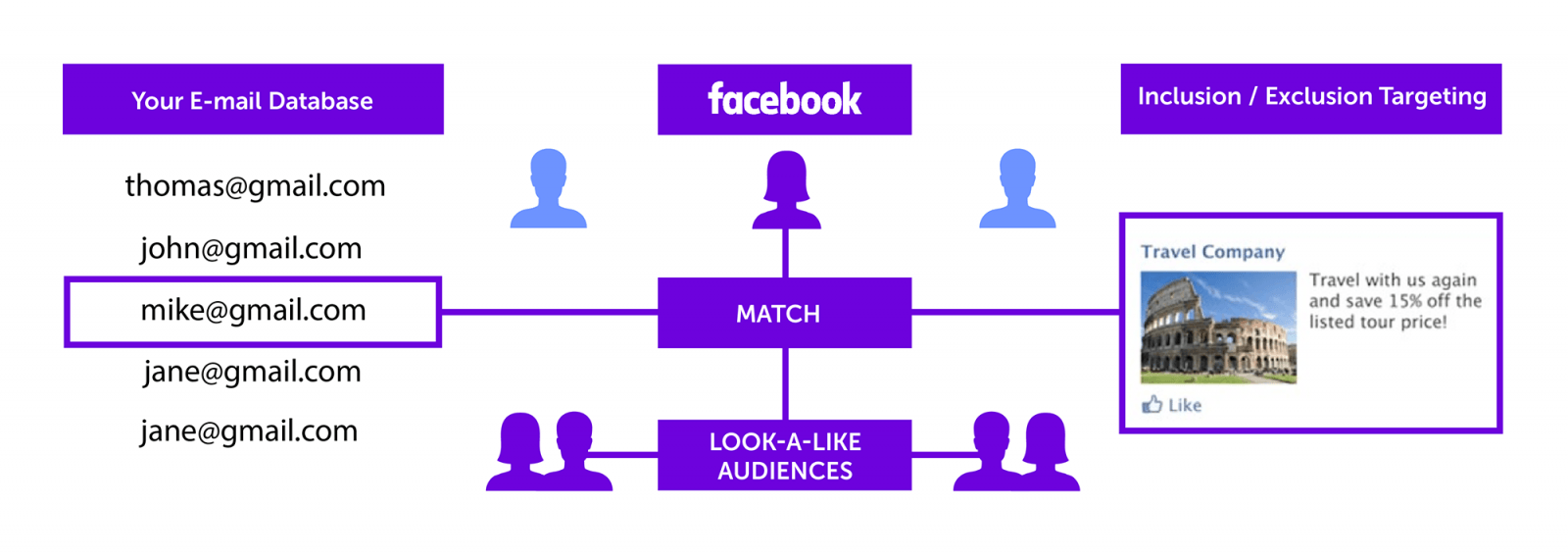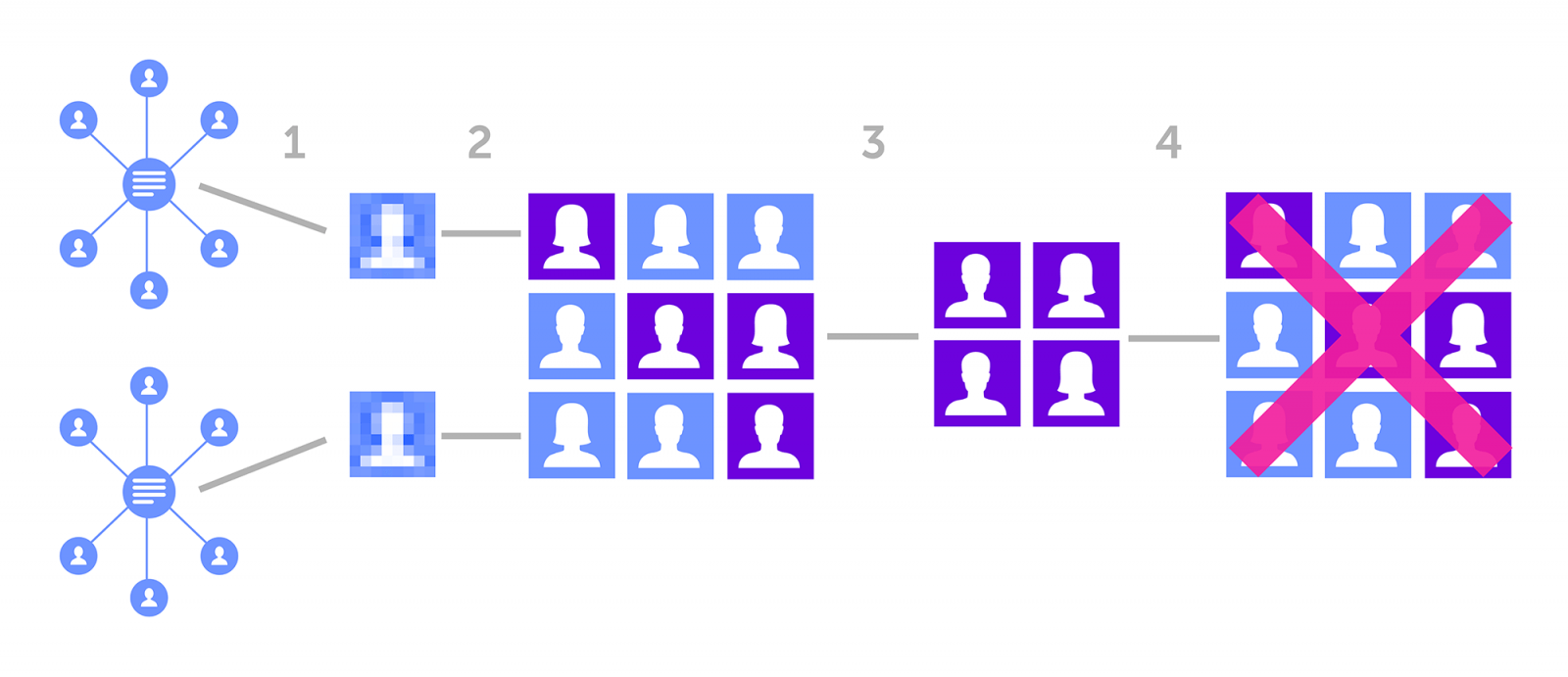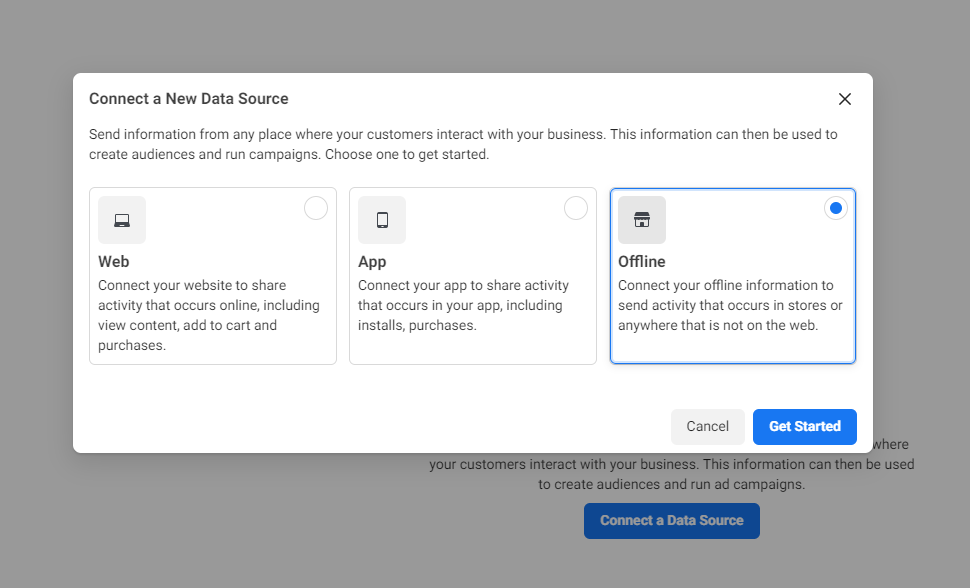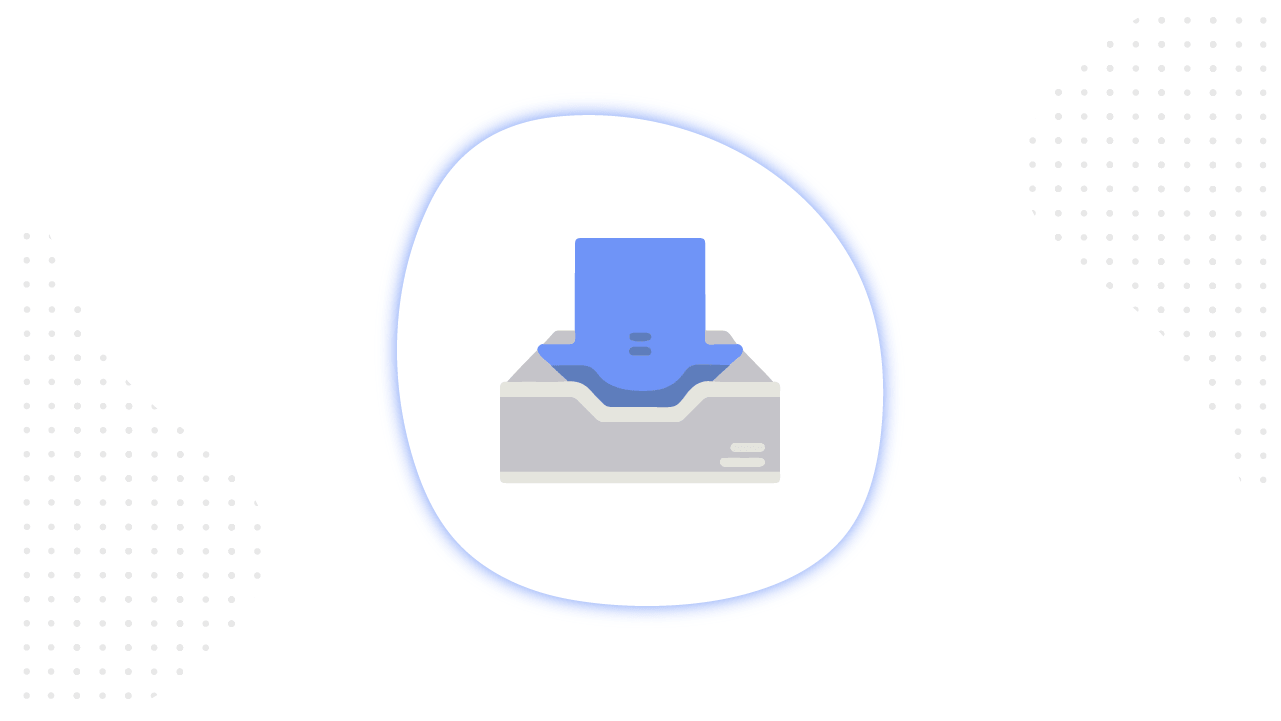Content
- 1 Here’s what you can do if the targeted action is done offline
- 2 When will the offline events be useful to you?
- 3 How to upload the offline data to the Facebook ad system
- 4 How to manually upload the offline data
- 5 How to structure the data for the upload
- 6 Once you’re set on your way, it still may get bumpy
Each Facebook ad campaign has its goal. This goal is where you lead the users. To fully evaluate the return from your ad activity, you always need to know, if the set goal has been achieved.
Such a goal can be achieved offline. Then, it’ll need the offline data measurement.
So you have the situation.
You’ve divided the audience segments, calculated the daily budget, planned the communication strategy and got ready to test the ideas. But the targeted action is performed at a physical point, by phone or through another offline channel.
What’s next?
Here’s what you can do if the targeted action is done offline
When the business operations of a company lead users to the offline world, there’s often a gap in tracking. The received data remain incomplete, and the decision-makers can only make an approximate conclusion about their return from investing into Facebook ads.
Therefore, Facebook suggests using its solution to evaluate the actions, which user performs offline after viewing or interacting with an ad. However, there are other methods for assessing the data on the achievement of the goal.
You can choose one of two options:
- Try to return to online the users, who have converted offline.
- Upload the offline data to Facebook.
How to return a user to online environment
The first option requires some additional steps from you. You can ask an offline customer to leave a review or perform a similar action at the website.
Here, you can turn to email marketing tools or chat-bots. They will help you bring back to your website the users, who have converted offline.
The website can contain a trigger for a custom event, that lets you track the completion of the final actions using Pixel.
You can also use the native Facebook solution. This is the “Offline Events” tool, which you have in your Events Manager.
When will the offline events be useful to you?
If payment for services or goods has occurred outside of the online environment, a set of offline events lets you fully track the results and optimize the ad delivery accordingly.
Here are the 3 main advantages of uploading the offline data to the online ad system:
- You get the actual picture of your conversions by giving Facebook the additional data.
- You get the optimization of the ad delivery based on a final result from the offline point.
- You can create an audience of users, who have performed any actions offline or outside the attribution window.
With all the obvious perks of this tool, it still hasn’t gained the wide popularity among advertisers.
There are at least two reasons why:
- The process of manual data upload is laborious and time-consuming.
- Due to the partial data losses, the process may not meet your expectations in the end.
Further in the article, we’ll give the minimum recommendations for preparing the data in advance. But first, let’s try to understand the reasons for such amount of work.
Why does the Facebook system need so much dedication to details from you?
Take into account the different types of data. The process of creating an offline event set is a process of combining the different data types.
The data you use in advertising can be first-party and third-party, offline and online.
If the difference between offline and online data is clear, the first-party and the third-party data need a bit further explanation.
First-party data are the data owned by an advertiser or a brand, which have been collected from the customers directly. An example of such data would be a client’s name or an email address.
Second-party data are the data on the ad activities from the ad services: the results, the interactions, the social activity. They won’t be relevant to this case.
Third-party data are collected from the external platforms and from the third-party websites, in particular via cookies and Pixel tags.
Facebook stores the third-party online data. You want to connect your first-party offline data to them. Such a connection process is called data onboarding.
Onboarding implies linking and comparing the data from you and from the data provider, Facebook in our case. Different types of data, that identify the same person, are matched.
Matching usually means temporary linking the PII data from a user – a name, an address, a phone number – and the digital identifiers: cookies, IP addresses, device IDs, etc.

For the purpose of protection, personal data are anonymized. The Facebook system uses data hashing to do this.
The hashing process turns the client data to digital fingerprints, that cannot be reversed back to PII.
Here are the stages of the hashing process:
- You start uploading the data and they are hashed in your browser, before they get to the Facebook system.
- Facebook establishes a match between the freshly hashed data from you and its already hashed user IDs.
- The users, which have been found thanks to matching, form a new custom audience.
- All hashed data, matched or not, are deleted.

To sum up, hashed data gets matched, offline data goes online, you get the list of your customers.
Sounds a little heavy, doesn’t it?
The Facebook system does this process on the scale of the largest international user community. With all its best intentions to ensure the efficient use of the data, you cannot avoid some losses and delays.
That’s what happens inside the platform. Now, the question remains, what’s there on the advertiser’s side.
How to upload the offline data to the Facebook ad system
You need to create a set of offline events before launching an ad campaign.
You’ll be uploading the data to this set during the campaign run, correlate them with your active ad campaigns and observe the dynamics.
This process can occur in one of the three ways:
- automatically, via the Offline Conversions API,
- automatically, through the Facebook integrated partners,
- by manual uploads.
Connecting API lets you perform a one-time integration and receive the data through the automated uploads.
To do this, you need to create a Facebook app in the Business Manager Apps panel.
In order for the data sent via an app’s API to be correctly identified by the system, you need to set all the necessary code commands and adhere to the required time limits.
- The data on conversions must be uploaded within the first 62 days after the conversion happens.
- The maximum time period for linking conversions to the ad clicks / ad views is 28 days.
- Thus, transferring the data through API should occur within 90 days after an ad click or an ad view.
More info on getting started with the API and the required technical settings can be found in the corresponding section of the Facebook Help materials.
In addition, Facebook has a list of its partner integrations. You can bind your account to an external system to your Business Manager and upload the data from that external system.

Facebook’s partner integrations include the loyalty solutions for retailers, call center technologies, CRM software, and integration platforms, such as Leadsbridge, Zapier and Segment.
If the Conversions API or the partner integration is not an option for you, then you’ll have to upload the data manually.
Before downloading offline events, you must create an Offline event set.
How to create an offline event set
- In Events Manager, click on Connect data source and select the data source that you want to connect.
- Then select Offline and accept the terms of the Facebook policy.

- Write the Offline event set name (required) and a description (optional).
- Indicate to which Ad account (or several) created Offline event set will be attached. This will allow linking this Offline event set to all created ad accounts in the future
- Assign people and roles and click on the Finish button. A list of offline events has been created, which means you can proceed to download offline data.
How to manually upload the offline data
- Find the needed Offline event set and open it.
- Click the “Select CSV file ” button or drag the CSV file to the corresponding field.

- Check the data mapping. Make sure, that the customer data is sent to the customer data column. The same goes for the event data.

4. Run the data review.
The system will show you a preliminary result – an estimated match rate for the fragment of the file. If this result satisfies you, you can go ahead and upload the full list to the system.

Before the final upload, the system will also show you the warnings and the recommendations.
The messages you see here largely duplicate the recommendations to the data preparation. Although, some recommendations may be closer to your file data:
- It’s best, when the data upload is done within the first 48 hours from the conversion moment.
- The time period between the conversion and the data upload should not exceed 90 days.
- If the time of each event is the same, the system will read this as a data duplication. Better specify the most precise time, up to the minutes and seconds. This follows the principle of a regular offline store’s operations, where it’s physically impossible to run through the cash register two items at a time.
- The system will ask for more data on users – not just the email addresses, but also a name, an age, a gender.
- You need to choose an event from the list of the standard ones.
- If you choose, for example, the Purchase event, the system will ask you to specify the value. If the value is the same everywhere, it’s also viewed as a mistake you are better to avoid.
- To avoid data duplication, you’ll also get the recommendations to indicate the IDs of the goods purchased.
In addition, the set of the offline events must be tied to an active ad account, and the time of the events in the set should follow after the date of binding your offline data set to an ad account.
You can always find recommendations on working with offline events data in Facebook help.
How to structure the data for the upload
To manually upload the data, you need to prepare a file in the CSV format. This file will look like a table, where the first row is a header with the data types. Each column is a new data type, each line is a new event.

The two tips, that Facebook gives as “the most important” ones, are:
- Always include the country code in the phone numbers.
- Always specify the country, even if all customers are from the same location. The Facebook system processes data at the international level.
In the Help materials, you can also find the examples of formatting for all data types, that Facebook accepts.
Once you’re set on your way, it still may get bumpy
After a painstaking uploading process, there is no guarantee you will get all your offline customers as the online data.
Mainly, because they can give different data to different data sources:
- Customers may leave an email address or a phone number at the physical location, that they haven’t used in any registration process.
- Customers may be registered under the corporate email address in your database, and under the personal email address on Facebook.
- The system may lack the data types to determine the connection between offline customers and online users.
Then, you are left with the two options: either proceed with an incomplete data picture or try to return users to the online environment.
We in Median ads often resort to the second option, relying on our experience in building the customer journey. We’ll get the chance to highlight this topic in our further publications. If this is the solution you need for your business, feel free to contact us — we will help.
Either way, Facebook never stops working on its features and tracking mechanics. We can expect from the system to get on a completely new level.
Let’s wait for the new products from the company together. Stay with us to see how to put them onto practice.
If you have found a spelling error, please, notify us by selecting that text and pressing Ctrl+Enter.












